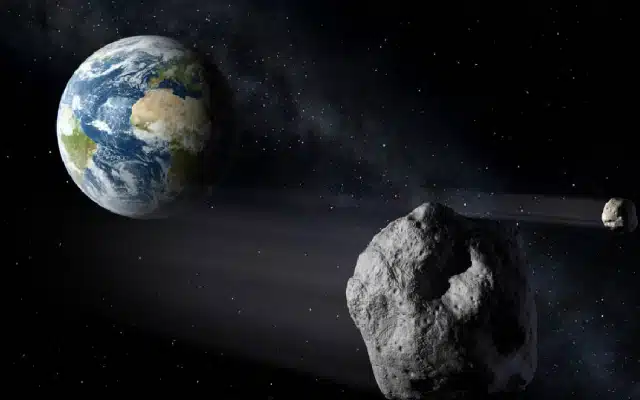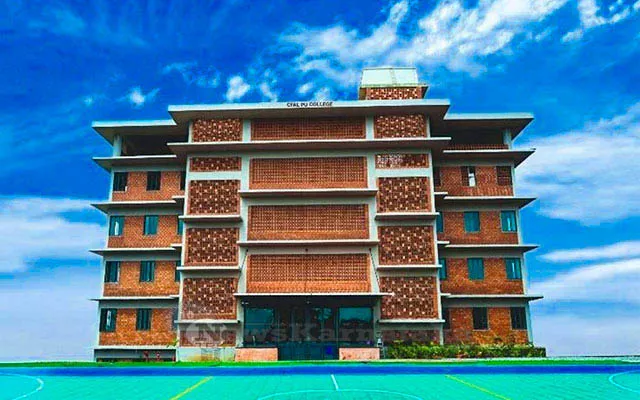The Jet Propulsion Laboratory of the National Aeronautics and Space Administration recently announced that Earth will soon come into contact with a few asteroids up close. NASA reports that five massive asteroids will fly past Earth, with one of them coming within the closest distance tomorrow.
The largest of them, Asteroid 2008 OS7, will zoom past Earth on February 2, 2024, at a distance of 1.77 million miles or 2,850,000 km. According to NASA’s Asteroid Watch page, the asteroid is 890 feet, which is equal to the size of a sports stadium. However, there’s no risk of impact.
According to NASA, ”The majority of near-Earth objects have orbits that don’t bring them very close to Earth and therefore pose no risk of impact, but a small fraction of them – called potentially hazardous asteroids – require more attention.”
NASA has also warned about four other asteroids, ranging from the size of a house to the size of a building.
- 2007 EG: On January 29, the 130-foot ”aeroplane-size” asteroid will pass a bit closer, and is expected to sail by at a distance of of 16,110,000 km.
- 2024 BY: The 62-foot airplane-sized asteroid will fly past Earth by a margin of 2,530,000 km on February 1
- 2003 BM4: Another airplane-size asteroid, some 120 feet in diameter, will cruise by at a distance of 3,320,000 on February 1
- 2024 BP1: The 130-foot airplane-sized asteroid will fly past Earth at a distance of 3,420,000 km on February 2
Notably, NASA’s Asteroid Watch dashboard tracks asteroids and comets that will make relatively close approaches to Earth. The dashboard displays the date of closest approach, approximate object diameter, relative size, and distance from Earth for each encounter. It tracks asteroids that are within 7.5 million kilometers of Earth
According to NASA, asteroids are left over from the formation of our solar system. Our solar system began about 4.6 billion years ago when a big cloud of gas and dust collapsed. When this happened, most of the material fell to the centre of the cloud and formed the sun. Some of the condensing dust in the cloud became planets.
Asteroids differ in size and form from one another. No two asteroids are same because they form in different places and at different distances from the sun. Asteroids are irregular, jagged objects that are not as common as planets. The majority of asteroids are composed of various rocks, but some also contain metals like iron and nickel or clays.
Read More
19 lakh devotees offered prayers at Ayodhya in first week

















